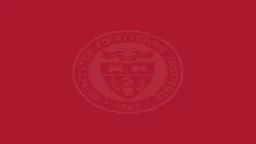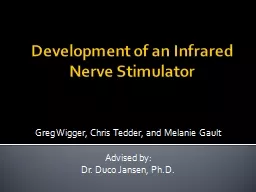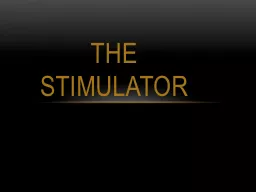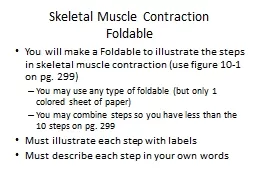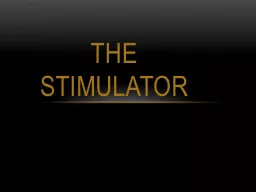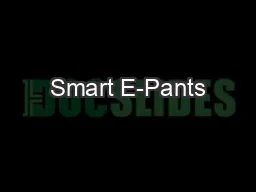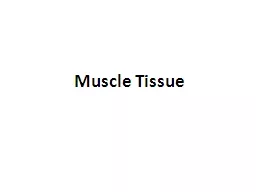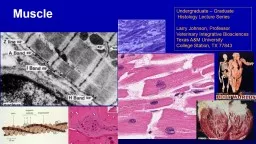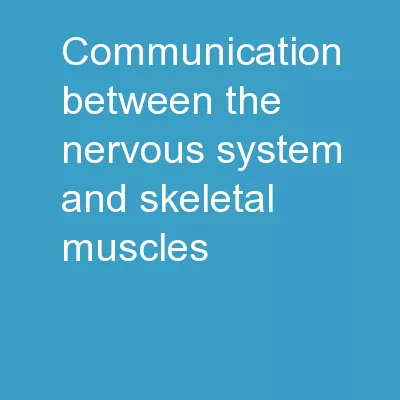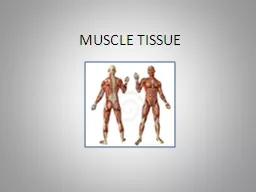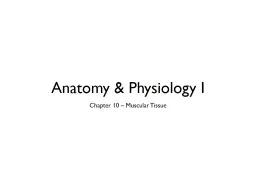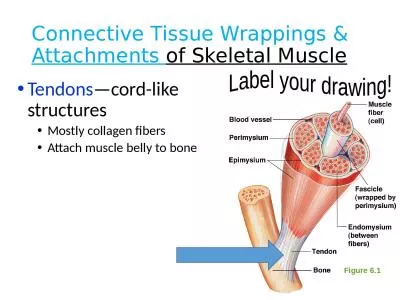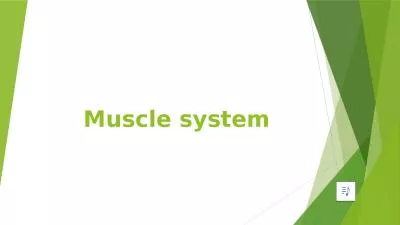PPT-Tissue-Engineered Skeletal Muscle Stimulator
Author : KittyCat | Published Date : 2022-08-02
Syed Asaad Hussain Spencer Ryan Keilich Stephanie Jo Lindow Shreyas Renganathan Overview Background Significance Drug Approval Process Background Research Current
Presentation Embed Code
Download Presentation
Download Presentation The PPT/PDF document "Tissue-Engineered Skeletal Muscle Stimul..." is the property of its rightful owner. Permission is granted to download and print the materials on this website for personal, non-commercial use only, and to display it on your personal computer provided you do not modify the materials and that you retain all copyright notices contained in the materials. By downloading content from our website, you accept the terms of this agreement.
Tissue-Engineered Skeletal Muscle Stimulator: Transcript
Download Rules Of Document
"Tissue-Engineered Skeletal Muscle Stimulator"The content belongs to its owner. You may download and print it for personal use, without modification, and keep all copyright notices. By downloading, you agree to these terms.
Related Documents

